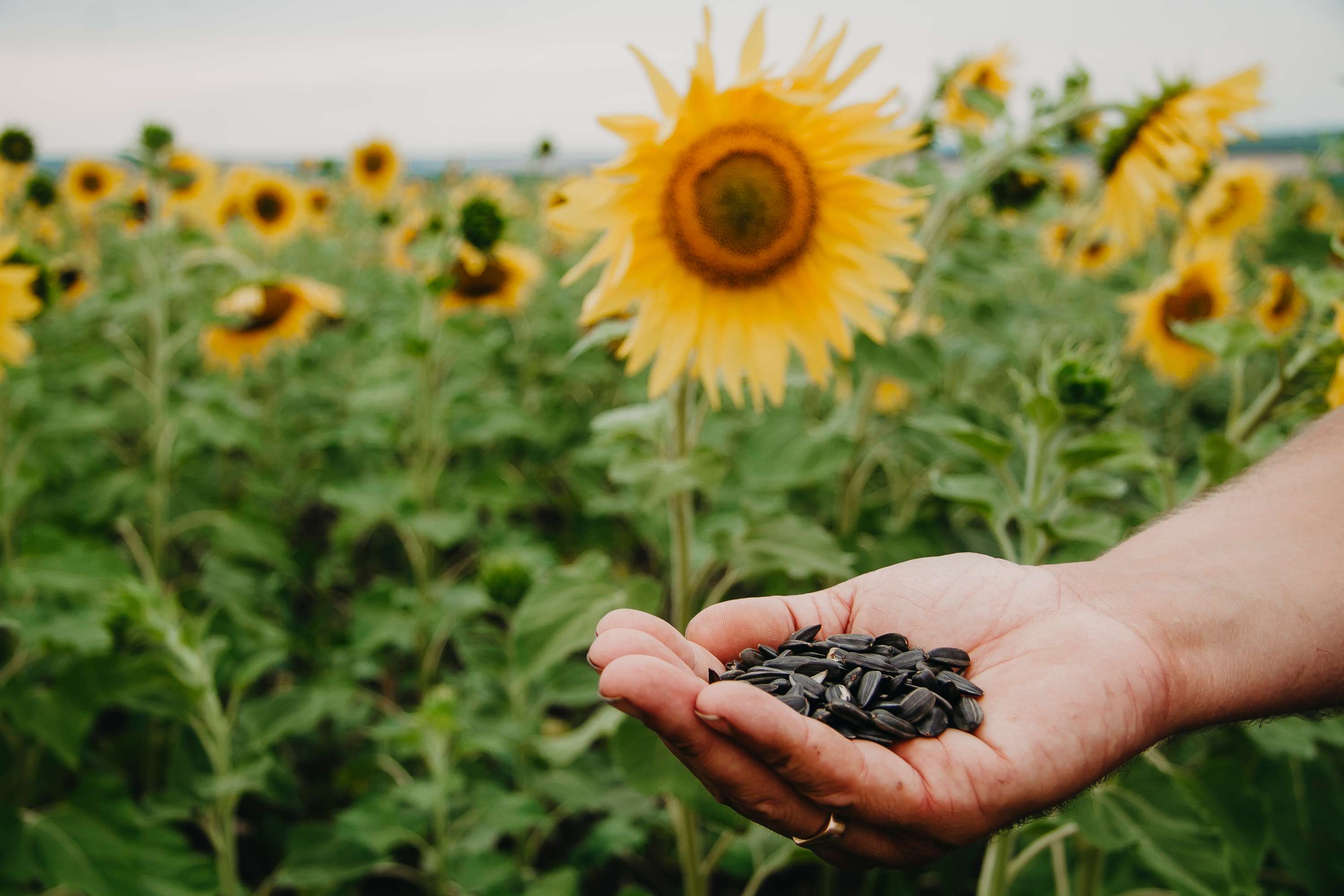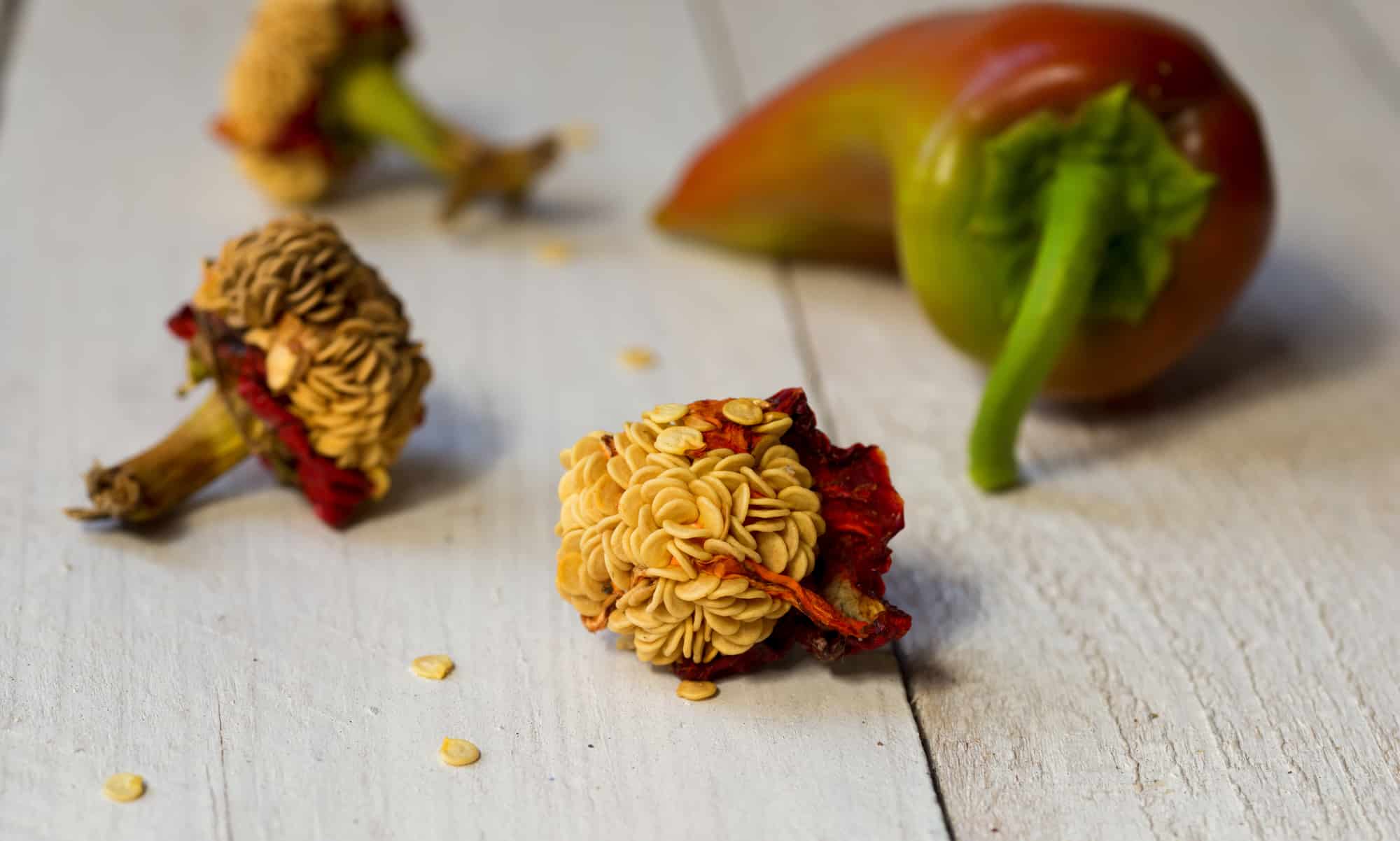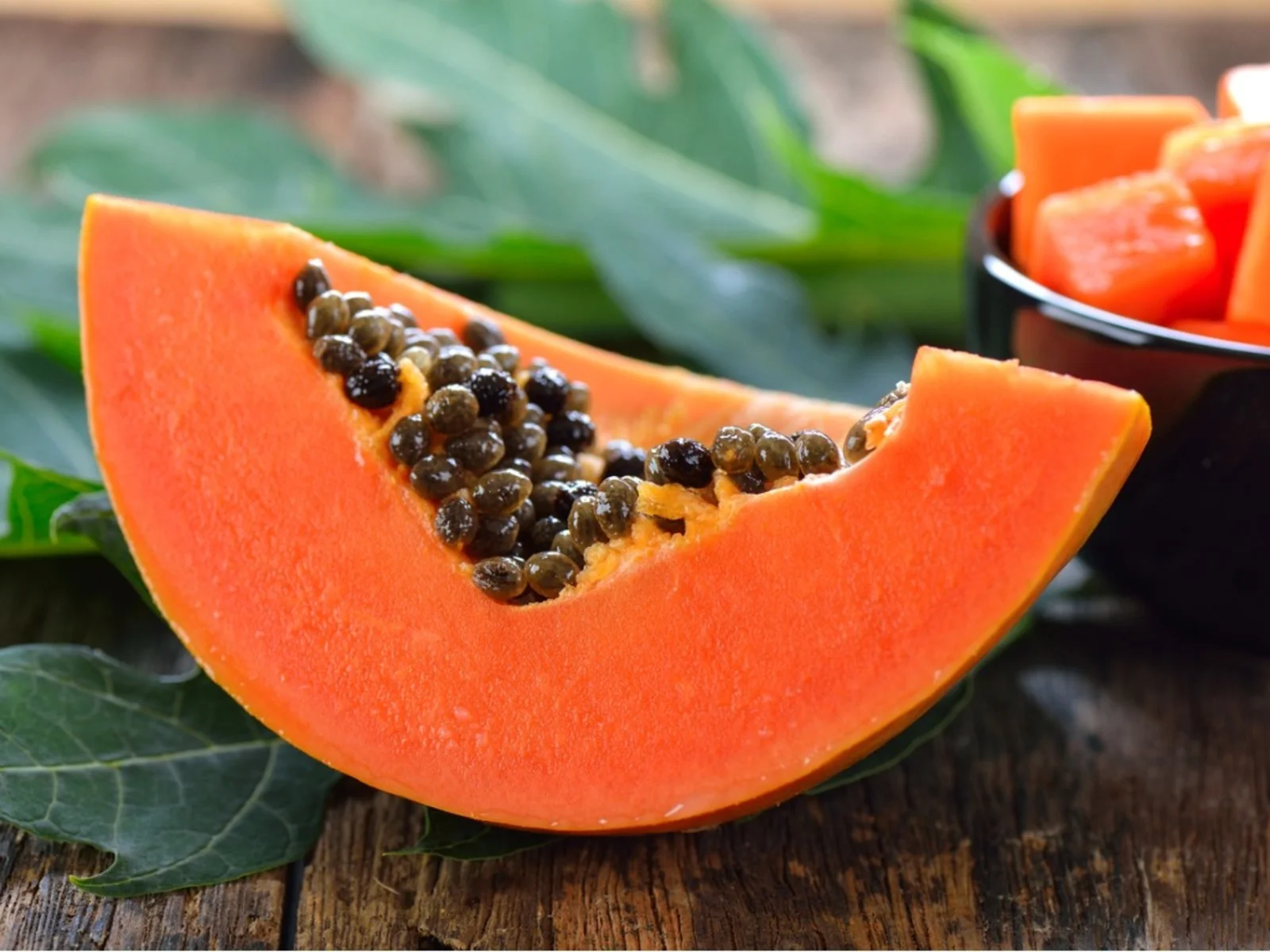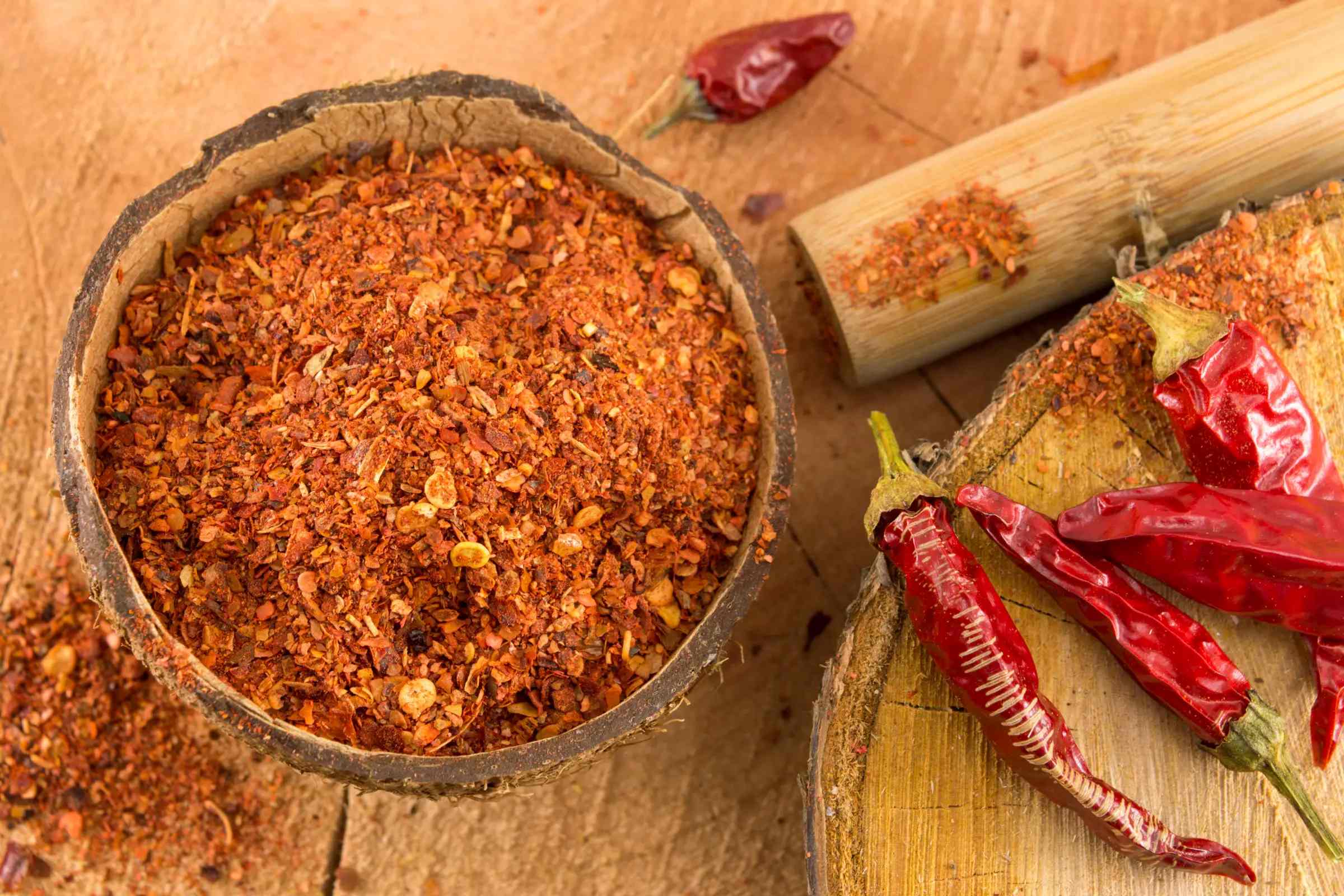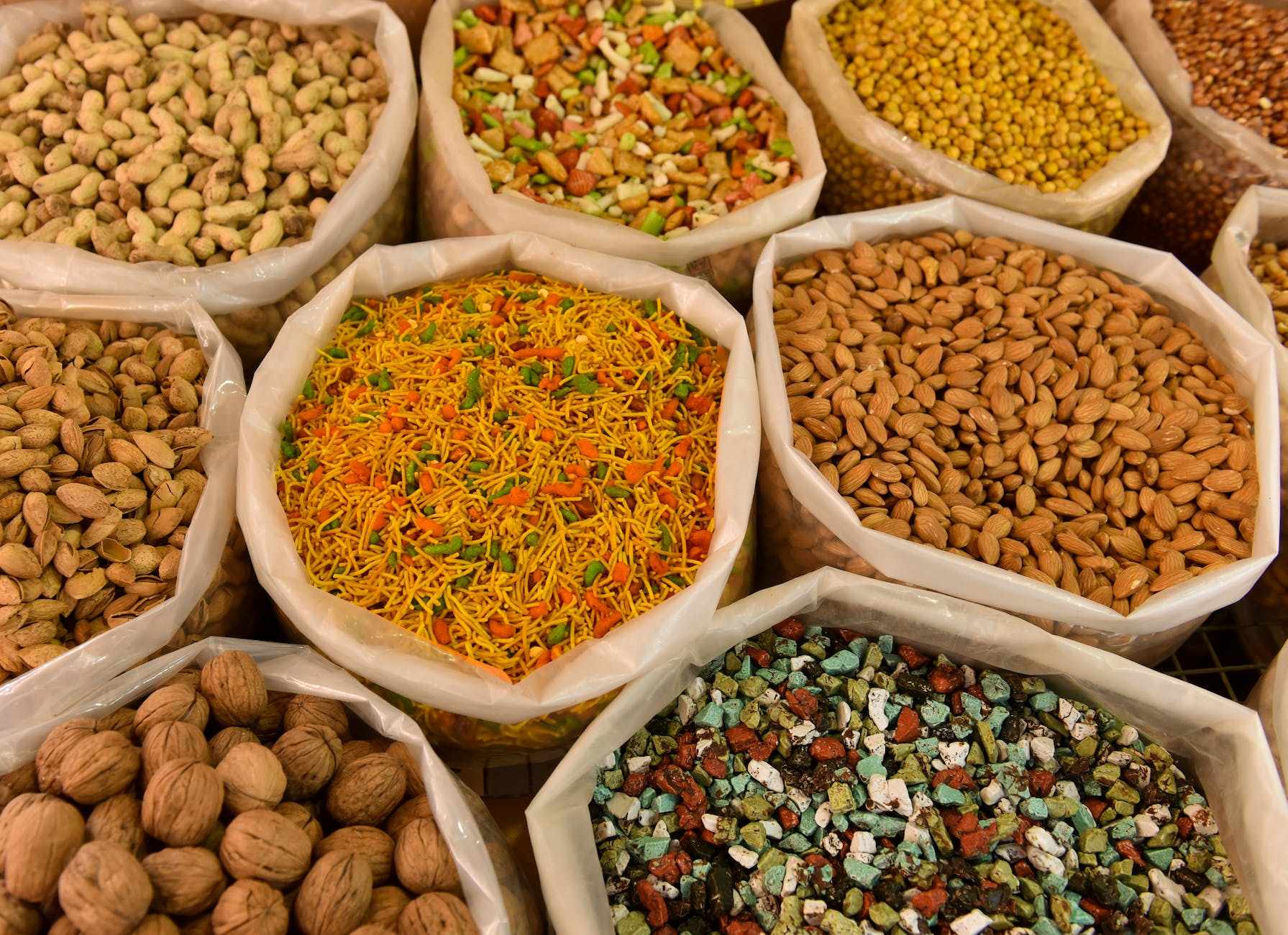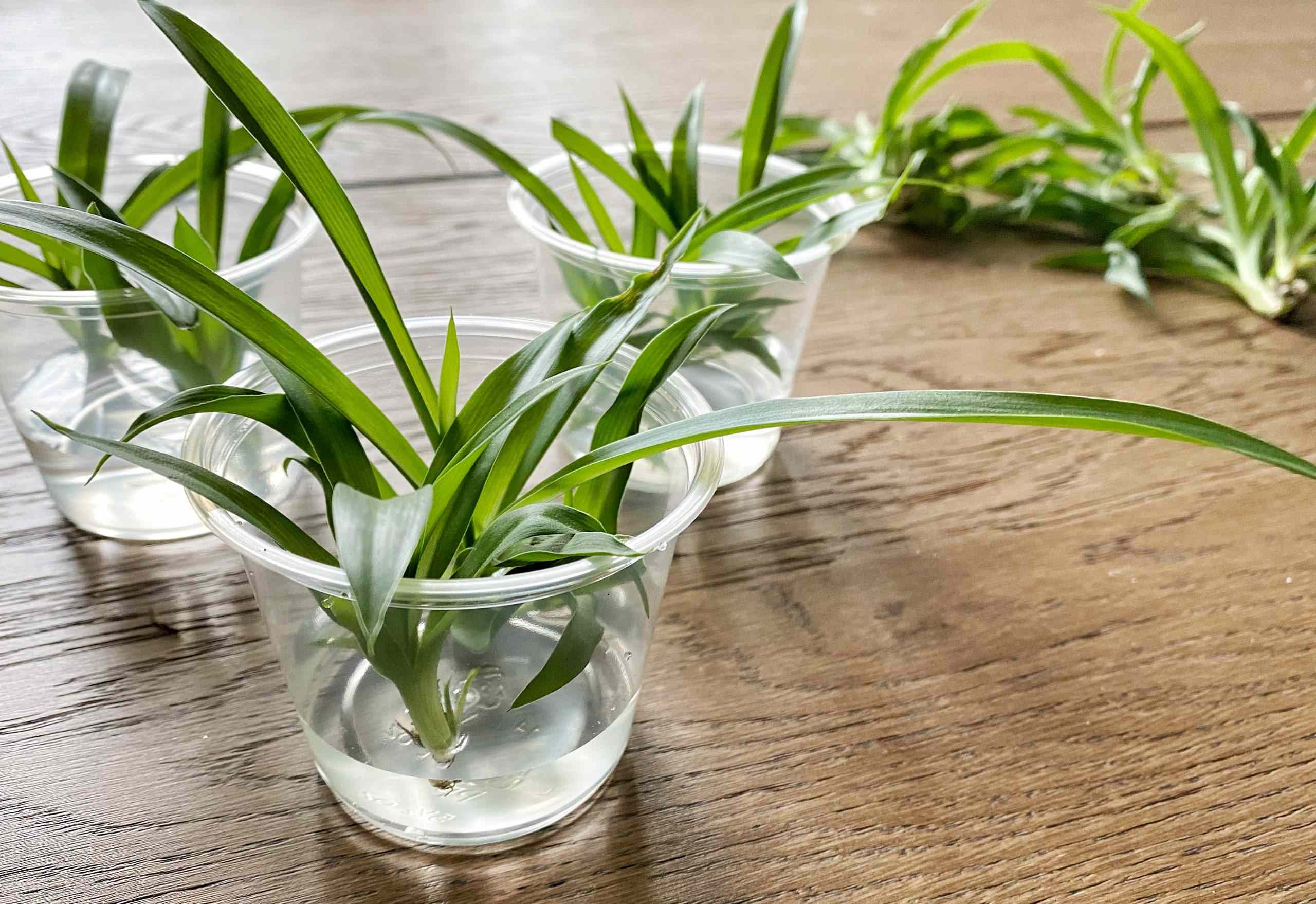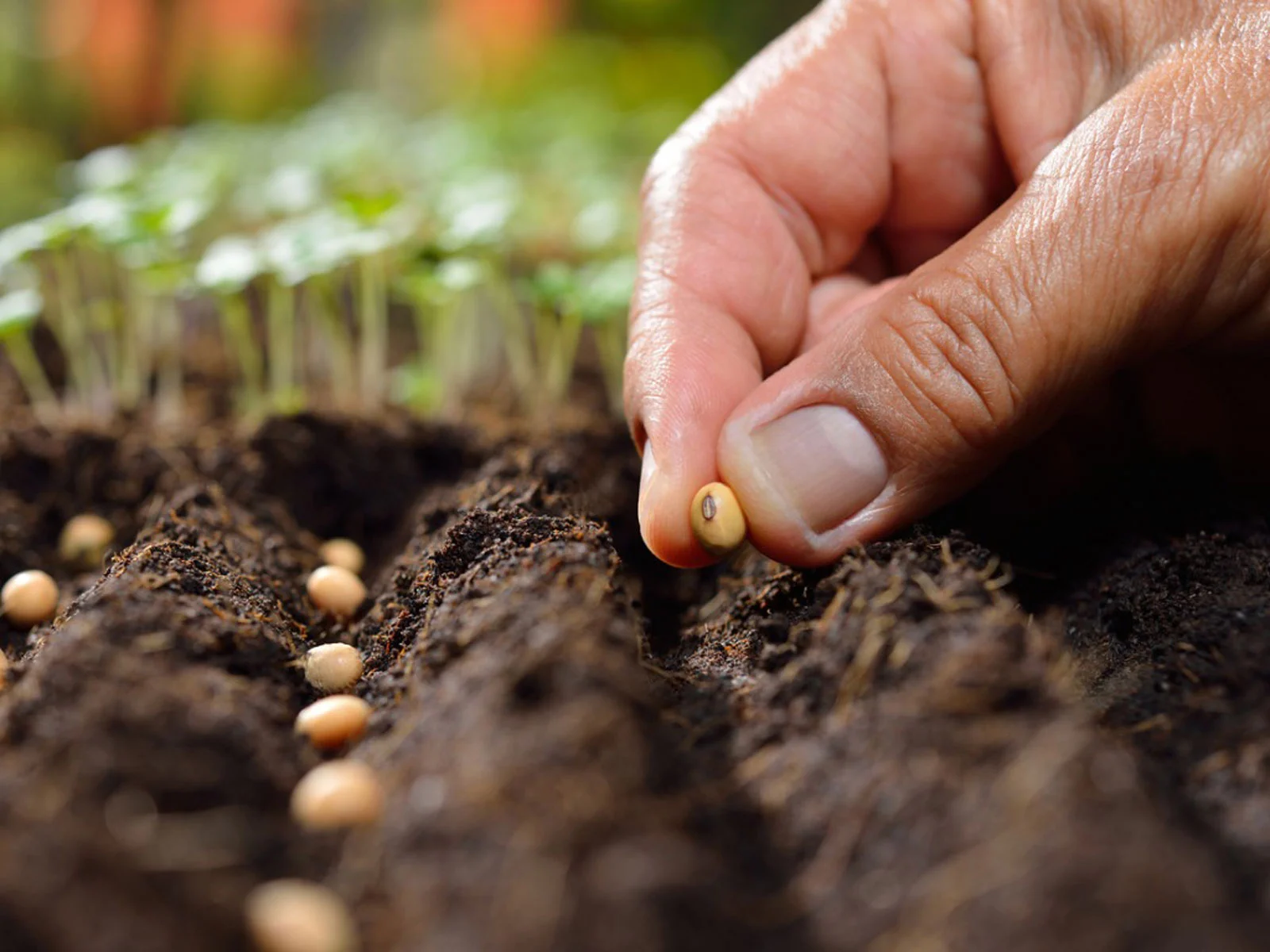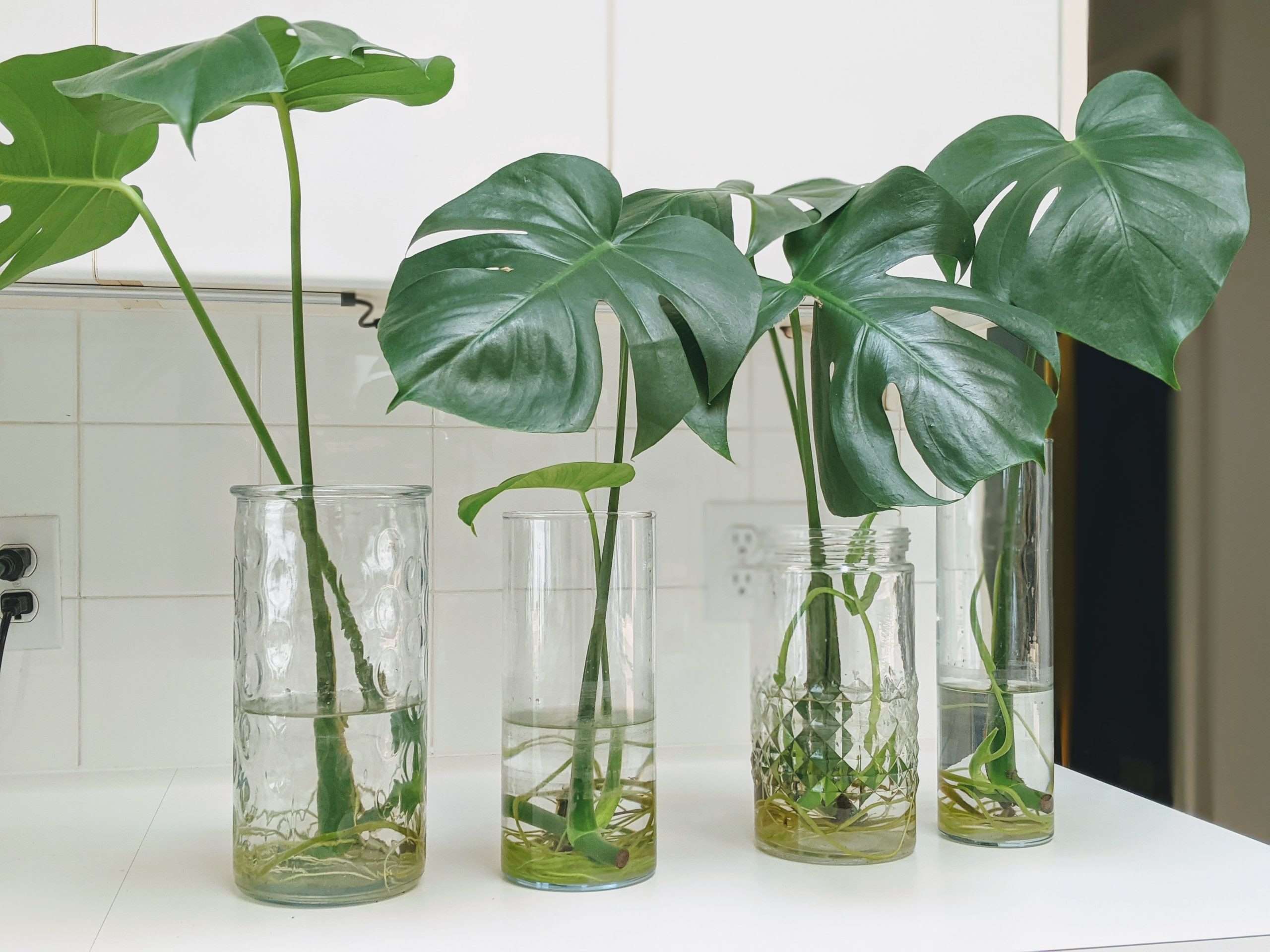Home>Types of Gardening>Edible Gardening>How Long Do You Soak Corn Seeds Before Planting
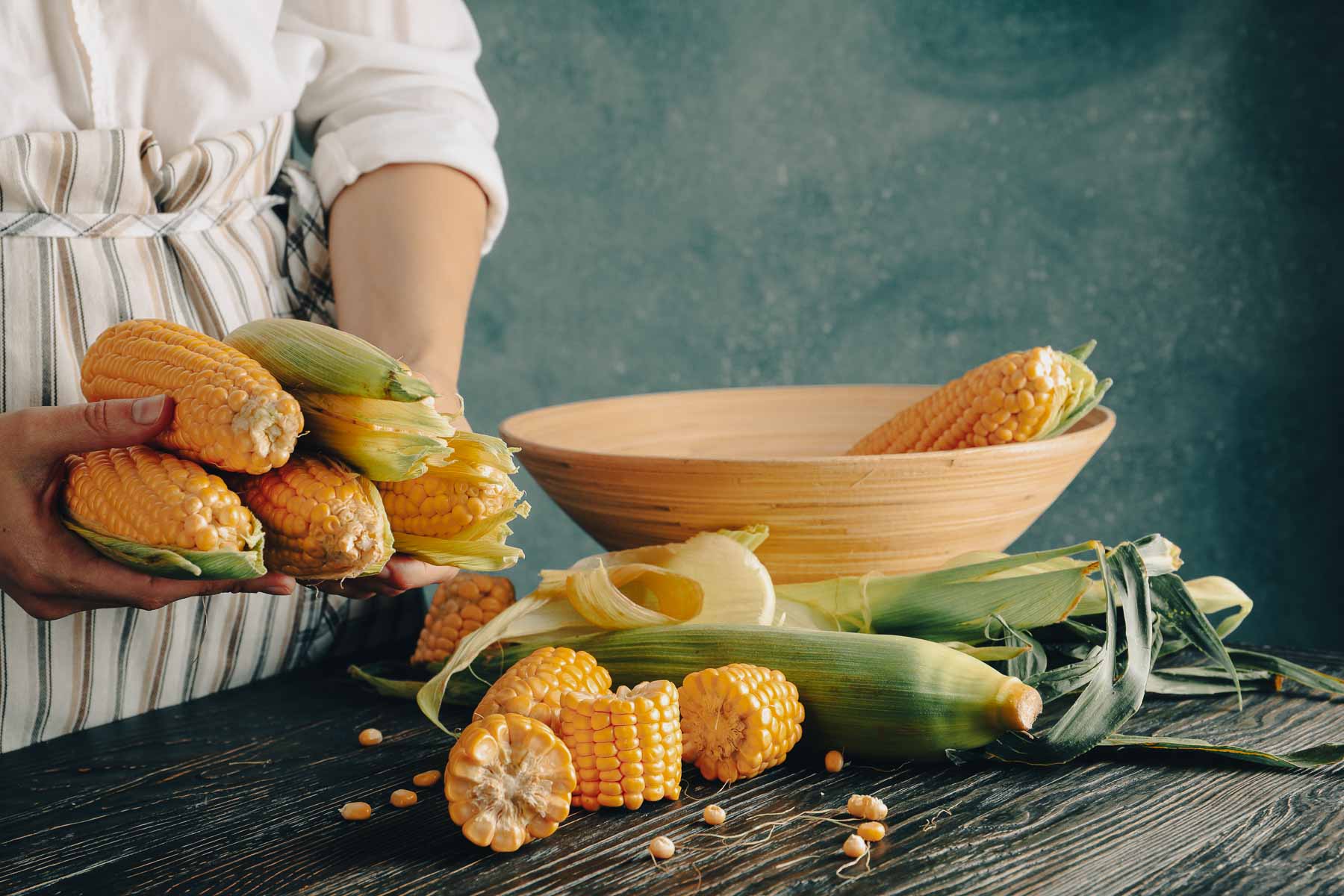

Edible Gardening
How Long Do You Soak Corn Seeds Before Planting
Published: August 25, 2023
Discover the benefits of soaking corn seeds before planting in your edible gardening journey. Ensure optimal germination and growth with this essential step.
(Many of the links in this article redirect to a specific reviewed product. Your purchase of these products through affiliate links helps to generate commission for Chicagolandgardening.com, at no extra cost. Learn more)
Table of Contents
Introduction
Welcome to the world of edible gardening! If you have a green thumb and a love for fresh produce, then growing your own vegetables can be a fulfilling and rewarding experience. One vegetable that often finds its place in gardens is corn. The tall, golden stalks not only bring visual appeal to your garden but also provide you with delicious sweet corn to enjoy.
But before you dive right into planting corn seeds, it’s important to understand the process of soaking them. Soaking corn seeds before planting can greatly enhance their germination rate and overall success. This simple technique can make a significant difference in the growth and yield of your corn plants.
In this article, we will explore the art of soaking corn seeds, why it’s important, the recommended soaking time, different soaking methods, and common mistakes to avoid. We will also discuss the numerous benefits of soaking corn seeds before planting.
So, whether you are a seasoned gardener or just starting out, read on to discover everything you need to know about soaking corn seeds for a bountiful harvest. Let’s dive in and unlock the secrets to successful corn cultivation!
Importance of Soaking Corn Seeds
Soaking corn seeds before planting may seem like an extra step in the gardening process, but it holds great importance for the successful growth of your corn plants. Here are a few key reasons why soaking corn seeds is essential:
1. Enhanced Germination: Corn seeds have a tough outer coating that can inhibit water absorption. Soaking the seeds helps to soften this coating, allowing water to penetrate more easily. This softening process helps the seeds to germinate faster and more uniformly, leading to higher germination rates.
2. Increased Nutrient Availability: Soaking corn seeds can activate the enzymes within the seed, making the nutrients more accessible. This, in turn, promotes healthy root development and improves the overall vigor of the plants.
3. Weed Competition Reduction: By soaking corn seeds before planting, you can gain a clear advantage over weed competition. The softened seeds germinate faster, giving the corn plants a head start in growth. This allows them to outcompete weeds for sunlight, water, and nutrients.
4. Disease Prevention: Soaking corn seeds in a fungicidal solution can help prevent seed-borne diseases that can hinder germination and plant growth. The solution acts as a protective barrier, keeping pathogens at bay and ensuring healthier seedlings.
5. Time Saving: Soaking corn seeds can actually save you time in the long run. By ensuring higher germination rates, you avoid the need for reseeding or filling in gaps in your planting rows. It sets the stage for a more uniform and successful crop, minimizing the need for additional work later.
By understanding the importance of soaking corn seeds, you can give your plants a competitive edge and set the foundation for a successful harvest. Now that we have explored why soaking corn seeds is necessary, let’s delve into the factors to consider before soaking these seeds.
Factors to Consider Before Soaking Corn Seeds
Before jumping into soaking corn seeds, there are a few factors to take into consideration to ensure optimal results. By keeping these factors in mind, you can tailor the soaking process to meet the specific needs of your corn seeds. Here are some key factors to consider:
1. Seed Quality: The quality of your corn seeds plays a crucial role in their soaking success. Make sure to purchase seeds from a reputable source, as high-quality seeds have a better chance of germinating successfully.
2. Seed Variety: Different corn varieties have different seed structures and compositions. While most corn seeds can benefit from soaking, it’s always a good idea to check the specific recommendations for the variety you are planting. Some varieties may require longer soaking times or have particular preferences for temperature or pH levels.
3. Seed Age: Fresh corn seeds tend to have higher germination rates compared to older seeds. If you are using seeds from a previous season, it’s a good idea to test their viability before soaking. This can be done by placing a few seeds on a damp paper towel and keeping them in a warm location. If a significant number of seeds fail to germinate, it may be time to invest in fresh seeds.
4. Environmental Conditions: The temperature and moisture levels in your environment can impact the success of the soaking process. Ideally, the soaking water should be at room temperature, around 68-72°F (20-22°C). Ensure that the soaking container is placed in a warm and draft-free location.
5. Soaking Container: The container used for soaking corn seeds should be clean and free of any residue or chemicals that could harm the seeds. Make sure the container is large enough to comfortably hold the seeds while allowing plenty of room for water circulation.
Taking these factors into consideration will help you customize the soaking process to best suit the needs of your corn seeds. Now that we have covered the factors to consider, we can move on to explore the recommended soaking time for corn seeds.
Recommended Soaking Time for Corn Seeds
Determining the ideal soaking time for your corn seeds is essential for maximizing their germination potential. While the specific soaking time may vary depending on the variety of corn seeds, as well as environmental factors, there are some general guidelines to follow. Here are the recommended soaking times for corn seeds:
1. Overnight Soaking: For many corn varieties, soaking the seeds overnight, or for approximately 8-12 hours, is sufficient to achieve optimal results. This timeframe allows enough time for the seeds to absorb water and kickstart the germination process.
2. Extended Soaking: Some corn varieties, especially those with harder seed coats, may benefit from an extended soaking period. This can range from 24 to 48 hours, providing ample time for the seeds to fully hydrate and soften.
3. Warm Water Soaking: Warm water can expedite the soaking process by increasing the rate of water absorption. If you choose to use warm water, ensure that it is not too hot (above 100°F/38°C), as excessive heat can damage the seeds. Aim for a temperature between 80-85°F (27-29°C) for the best results.
Remember that these recommended soaking times are just guidelines. You may need to adjust the soaking duration based on factors such as seed age, seed variety, and environmental conditions. It’s always a good idea to refer to the specific instructions provided by the seed supplier or consult with experienced gardeners in your area.
Additionally, be mindful not to exceed the recommended soaking time, as over-soaking can lead to the seeds becoming too soft or developing mold. Striking the right balance between hydration and avoiding excessive water exposure is key.
Now that you have an idea of the recommended soaking time for corn seeds, let’s explore different soaking methods that you can employ.
Soaking Methods for Corn Seeds
There are several effective methods you can use to soak your corn seeds. The method you choose will depend on your preferences and the resources available to you. Here are three common soaking methods for corn seeds:
1. Simple Water Soaking: This is the most straightforward and commonly used method. Fill a clean container with room temperature water and add the corn seeds. Ensure that the seeds are fully submerged in the water. Let them soak for the recommended duration, typically overnight or up to 24 hours. After soaking, drain the water and rinse the seeds before planting.
2. Biostimulant Soaking: Biostimulants are substances that can enhance plant growth and development by stimulating physiological processes. Soaking corn seeds in a biostimulant solution can provide additional benefits. Dilute the biostimulant according to the manufacturer’s instructions and place the seeds in the solution for the recommended duration. After soaking, drain and rinse the seeds before planting.
3. Fungicidal Soaking: If you want to protect your seeds from seed-borne diseases, you can soak them in a fungicidal solution. Mix the fungicide with water according to the instructions on the product label. Place the corn seeds in the solution for the recommended time, ensuring complete submergence. After soaking, remove the seeds, drain them, and rinse thoroughly before planting.
Regardless of the soaking method you choose, it’s important to discard any seeds that are damaged, discolored, or abnormally shaped. Only soak and plant healthy, viable seeds for optimal results.
Remember to label the soaking container with the date and seed variety to avoid confusion later on. Keep the container in a warm location during the soaking period to facilitate germination.
Now that you have learned about different soaking methods, it’s crucial to familiarize yourself with common mistakes to avoid while soaking corn seeds. Let’s explore these mistakes in the next section.
Common Mistakes to Avoid When Soaking Corn Seeds
While soaking corn seeds is a relatively simple process, there are a few common mistakes that gardeners make. By avoiding these mistakes, you can ensure that your corn seeds have the best chance of success. Here are some key mistakes to avoid when soaking corn seeds:
1. Over-soaking: One of the most common mistakes is leaving the corn seeds in water for too long. Over-soaking can cause the seeds to become waterlogged and prone to rotting or developing mold. Follow the recommended soaking times and avoid extending the duration unnecessarily.
2. Using Hot Water: Another mistake to avoid is using water that is too hot for soaking. Excessive heat can damage the seeds and hinder their germination. Stick to room temperature or slightly warm water within the recommended temperature range to provide optimal conditions for seed hydration.
3. Neglecting Seed Quality: It’s essential to start with high-quality corn seeds for the best results. If you use old or low-quality seeds, their germination rates may be lower, regardless of the soaking method. Invest in fresh, reputable seeds to maximize your chances of success.
4. Skipping Seed Rinse: After soaking the corn seeds, it’s important to rinse them thoroughly before planting. Rinsing helps remove any residual substances or chemicals from the seeds, ensuring a clean and healthy start for germination.
5. Not Providing Proper Drainage: When soaking the seeds, using a container with proper drainage is crucial. Allowing excess water to accumulate can drown the seeds and lead to poor germination. Ensure that the container used for soaking has drainage holes or a mesh bottom to allow water to drain away.
6. Ignoring Seed Variety Instructions: Different corn varieties may have specific soaking requirements. Some may need a longer soaking time or different water temperatures. Always refer to the seed supplier’s instructions or consult expert gardeners to ensure that you are following the appropriate recommendations for your specific seed variety.
By being mindful of these common mistakes, you can avoid potential pitfalls and increase the chances of successful germination and growth for your corn plants. Now, let’s move on to exploring the benefits of soaking corn seeds before planting.
Benefits of Soaking Corn Seeds Before Planting
Soaking corn seeds before planting offers a range of benefits that can significantly impact the overall success of your corn crop. Here are the key advantages of soaking corn seeds:
1. Improved Germination: Soaking softens the tough outer coating of the corn seeds, enabling water absorption and triggering the germination process. This leads to faster and more uniform germination, increasing the overall germination rate and ensuring a higher number of healthy seedlings.
2. Enhanced Root Development: Soaking corn seeds helps activate enzymes and break down complex compounds, making essential nutrients more accessible to the emerging seedlings. This results in robust root development, which supports healthier and more vigorous plants with better nutrient uptake and overall growth.
3. Increased Disease Resistance: Soaking corn seeds in a fungicidal solution helps protect them against seed-borne diseases. This preventive measure significantly reduces the risk of pathogens infecting the seeds and impacting their germination and subsequent growth. Disease-resistant plants are more likely to thrive and produce a successful harvest.
4. Weed Suppression: By soaking corn seeds and promoting faster and more uniform germination, you enhance the competitive advantage of the corn plants against weeds. The quicker growth and establishment of corn seedlings make it easier for them to outcompete weeds for sunlight, water, and nutrients, minimizing weed interference and increasing crop productivity.
5. Time and Cost Efficiency: Soaking corn seeds can save you time and money in the long run. Higher germination rates mean fewer seeds wasted and a reduced need for additional seed purchases or replanting. The initial investment in soaking pays off with a more successful and rewarding harvest.
6. Increased Crop Yield: Ultimately, the goal of soaking corn seeds is to maximize crop yield. By ensuring optimal germination, healthy root development, and disease prevention, you set the stage for strong, productive corn plants. This leads to larger and more abundant ears of corn, providing you with a bountiful harvest.
Incorporating the practice of soaking corn seeds into your gardening routine can have a significant impact on the success of your corn crop. It not only enhances germination and growth but also provides a range of benefits that contribute to healthier, more resilient plants and a higher yield.
Now that you are aware of the benefits of soaking corn seeds, you are prepared to embark on your edible gardening journey with confidence. Follow the recommended soaking times and methods, avoid common mistakes, and watch as your corn plants thrive and reward you with a delicious harvest.
Conclusion
Soaking corn seeds before planting is a simple yet crucial step in the process of growing corn. By taking the time to soak your corn seeds, you can enhance germination rates, promote healthy root development, prevent diseases, and increase overall crop yield. It is a practice that can significantly impact the success of your corn plants and provide you with a bountiful harvest.
Remember to consider factors such as seed quality, variety, age, and environmental conditions before soaking your corn seeds. Follow the recommended soaking times and methods, avoiding common mistakes such as over-soaking or using hot water. Take the opportunity to rinse the seeds after soaking to ensure cleanliness.
By incorporating the benefits of soaking corn seeds into your edible gardening routine, you give your corn plants a competitive advantage. They will be better equipped to withstand weed competition, resist diseases, and absorb the essential nutrients needed for healthy growth.
So, whether you are a seasoned gardener or just starting out, don’t skip the step of soaking your corn seeds. Investing a little time and effort in this process can yield significant rewards in the form of a thriving corn crop. Enjoy the satisfaction of harvesting your very own fresh and delicious sweet corn straight from your garden.
So go ahead, soak those corn seeds, and watch as your edible garden comes to life with tall, golden stalks of sweet corn. Happy gardening!
